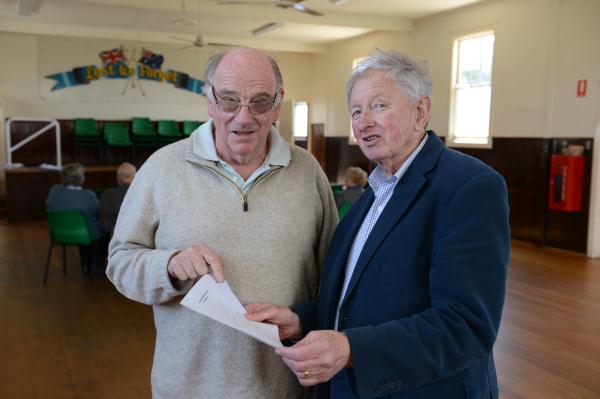
By John Van Klaveren
HEAPS of history is in Geelong’s suburbs – it’s just that sometimes a bit of help is required in knowing where to look.
That’s part of the attraction for the more than 1500 members of the Geelong branch of the National Trust – discovering little pieces of the region’s heritage that might be hidden away.
Immediate past-president Jennifer Bantow said the branch covered six municipalities, so much scope was available for interesting discoveries.
“It’s reputed to be the biggest branch in Australia, so we’re always holding our branch meetings in various locations to keep in touch with our members,” she explained.
But quite apart from the pleasure it brings to members, the organisation has a serious role to play in planning issues facing local councils.
Balancing the old with the new is a perennial conundrum.
“Our objective is to try to encourage councils to adopt recommendations of heritage studies in their municipalities,” Jennifer said.
“We recommend the identified places to have a heritage overlay added by amendments to the planning scheme.”
The Trust is working on just such additions for a former blacksmiths cottage at Lara, among other suburbs.
“There’s a disparity between those areas that have and do not have heritage studies. There are still gaping holes in the outer areas,” Jennifer said.
“Highton, Ceres, Connewarre are examples of areas where there’s still a lot of work to do because some have been implemented and others haven’t.
“Grovedale is a classic example. It looks like a relatively modern suburb and in the main it is but it used to be called Germantown and still contains a lot of history.”
Jennifer said the preservation of our roots was important, just like it was in a family tree.
“As a community, we love to see the evidence of our cultural origins and the architecture typifies the character of the place.
“Areas are individual because of their built form. That way we can preserve their character so we don’t look like everywhere else.”
Apart from the planning involvement, the Trust also maintains public access to some of our magnificent buildings of yesteryear, including Barwon Grange, Portarlington Mill, Barwon Park and The Heights.
Jennifer said the work of the branch had evolved over the years, with the greater recognition of heritage issues and the formation of Heritage Victoria.
“The branch has changed, undertaking property management, maintenance and fund raising and moving to more centralised property management with paid or part paid property managers.
“We still receive requests from the community concerned about heritage and respond to requests for help with planning and conservation issues.
“The shrinking of Heritage Victoria makes the Trust role as a conservation watchdog all the more important.”
More information about the Trust is available at nationaltrust.org.au/vic/geelong-region-branch.






